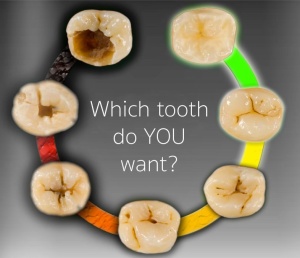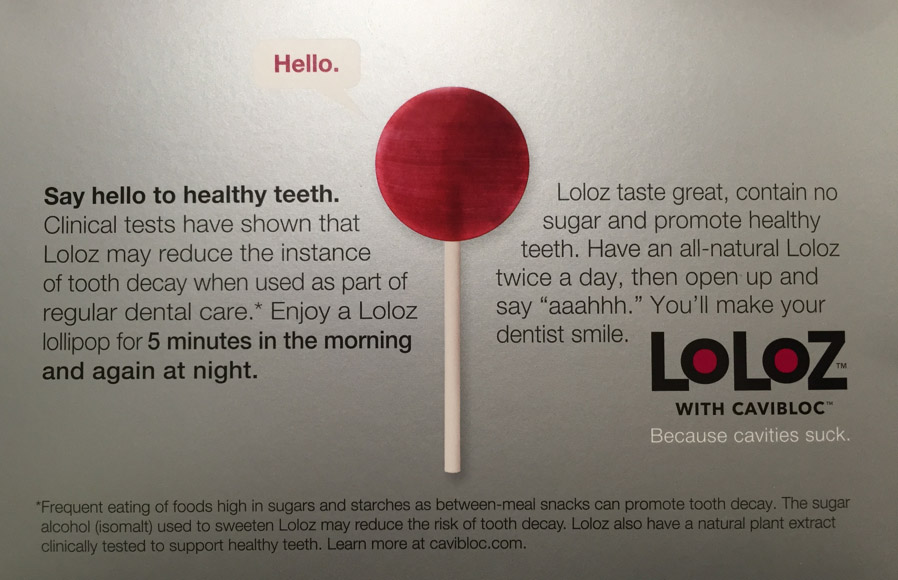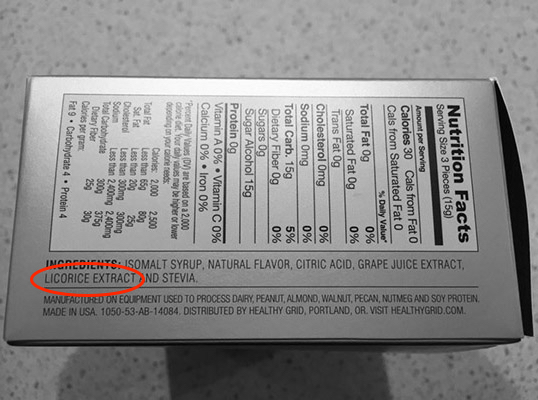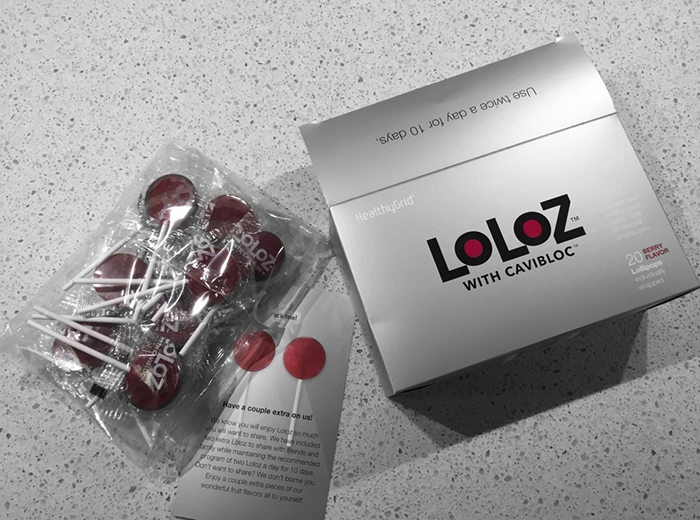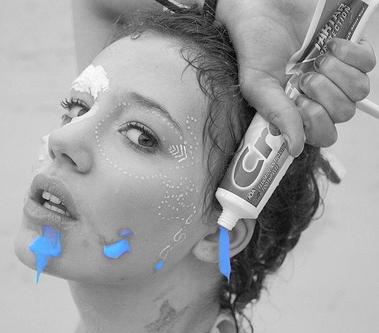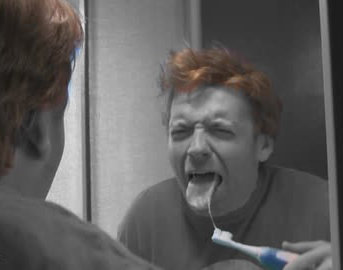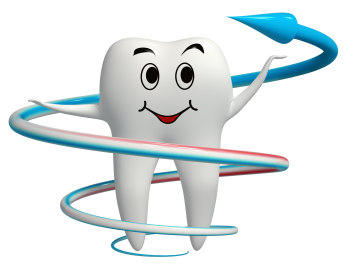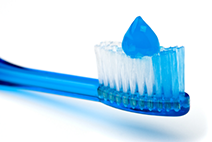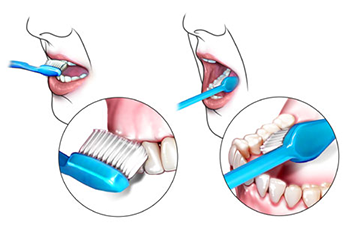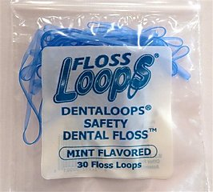It used to be such a dread, seeing patients with fixed lingual retainers. I mean, they’re great because they keep your teeth from shifting after you’ve had braces, but GAWRSH, do they have to be so difficult to floss around?
Not any more.
Thanks to the talented hygienists over at Hygiene Edge we now can share this super-easy secret with patients as well!
Here’s how you do it:
It’s embarrassing to say this, but it took me over 20 years as a dental hygienist to find out about this trick, so now I’m thrilled to see lingual retainers on patients because it gives me a chance to share this newfound secret. That’s why I’m sharing it here, too. And as for you poor folks whose retainers are glued to each and every front tooth? I’m sorry, this trick doesn’t work. You’ll just have to stick it to ’em instead:
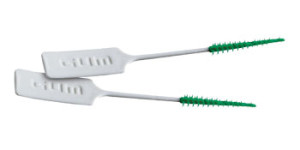
Remember, it’s all about friction. Whatever gets in there is good by me.
![]()
 A blogger since 1997, Trish Walraven, RDH, BSDH is a mom and practicing dental hygienist in the suburbs of Dallas, Texas. Her mission with DentalBuzz is to offer a fresh podium of discourse for those involved in dentistry and to expose fun in our professional lives.
A blogger since 1997, Trish Walraven, RDH, BSDH is a mom and practicing dental hygienist in the suburbs of Dallas, Texas. Her mission with DentalBuzz is to offer a fresh podium of discourse for those involved in dentistry and to expose fun in our professional lives.
